By Mike Oitzman | August 27, 2024
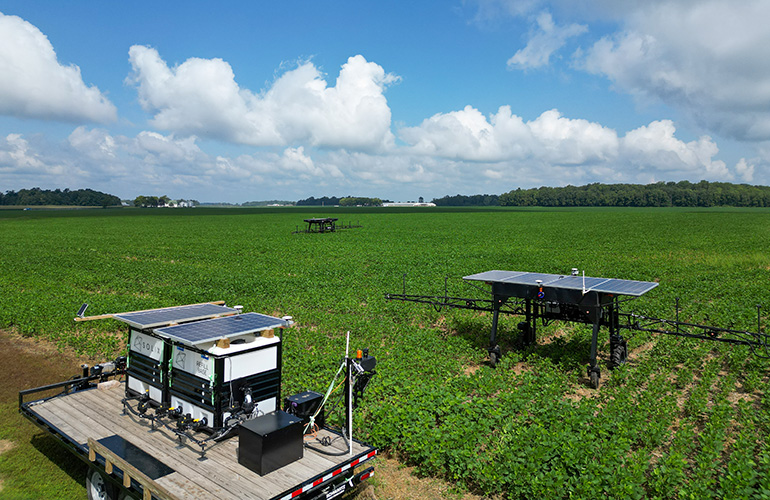
The new Solix docking station support the Solix robot by autonomously refilling chemicals in field. | Credit: Solinftec
Brazilian robotics company Solinftec introduced its autonomous Solix agricultural spraying robot a little over a year ago. As its name might imply, Solix uses onboard solar power. It is designed for cultivation missions including plant scouting and targeted spraying.
The robot uses artificial intelligence with vision cameras and other sensors to traverse fields. Solinftec said it can effectively control weeds and insects while optimizing chemical pesticides and herbicides. The company aims to reduce chemical usage by up to 95%.
At the Farm Progress Show today in Boone, Iowa, Solinftec announced its newest agricultural robotics development: the Solix docking station. It is designed to extend the robot’s utility by allowing it to refill chemicals, fertilizers, and biological products in the field.
The docking station is autonomous, solar-powered, and integrated with Solix’s software platform. This new technology enables continuous field management by ensuring the robot can access the necessary products for 24/7 operations, said Solinftec.
The station also incorporates scouting data from the growing season to ensure the right products are available for day-to-day execution.
Solinftec marks second year in the U.S.
North America is an important and expanding market for Solix, and this is the robot‘s second year of operations in the U.S. Solinftec has grown its staff and operations within the U.S. during that period.
“Each field has unique characteristics that allow for different weeds to appear in the field, depending on the stage of the crop,” explained Guilherme Guiné, chief operating officer for North America at Solinftec. “We designed the docking station to allow Solix to choose the product that will be used based on the recognition of weeds by our artificial intelligence system, ALICE AI, enabling the use of specific products for each unique situation.”
Solinftec is validating final features and concepts as the docking station nears production.
“We plan to equip the station with several products and allow the robot to apply the test concept in the field,” shared Guiné. “Solix has the ability to use a small amount of product in a section of the field and check the crop’s response.”
“Solix can then monitor that area and broaden the scope of application based on results,” he added. “With this, we will be able to increase the speed of adoption of new products on a large scale, considering the diversity of each field, region, and season.”
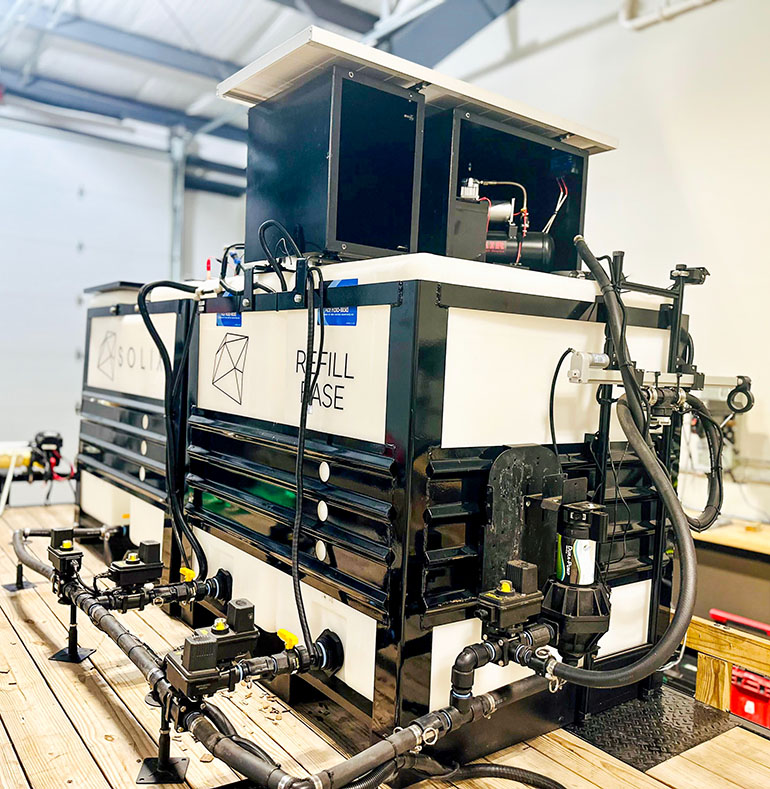
The Solix docking station is completely self-contained and designed to support continuous operations. | Credit: Solinftec
Solix docking station analyzes field data
The docking station uses data about the field to support the robot in increasing farm productivity, said Solinftec. The robot surveys the entire field at a plant-by-plant level, providing data and information on crop health, weed infestation, and specific pests.
When Solix stops for a refill, the docking station loads the correct products and quantities onto the robot. The docking station is also able to flush the robot’s tanks autonomously and safely so that chemicals are not mixed on board, Solinftec noted.
The docking station can be refilled while the Solix robot continues its mission in the field, it added.
Editor’s note: The Field Robotics track at RoboBusiness 2024 will feature speakers from FarmWise, u-blox, Bishop-Wisecarver, Forcen, Point One Navigation, Blue River Technology, and SKA Robotics. Register now to attend the event, which will be on Oct. 16 and 17 in Santa Clara, Calif.

 3 months ago
59
3 months ago
59


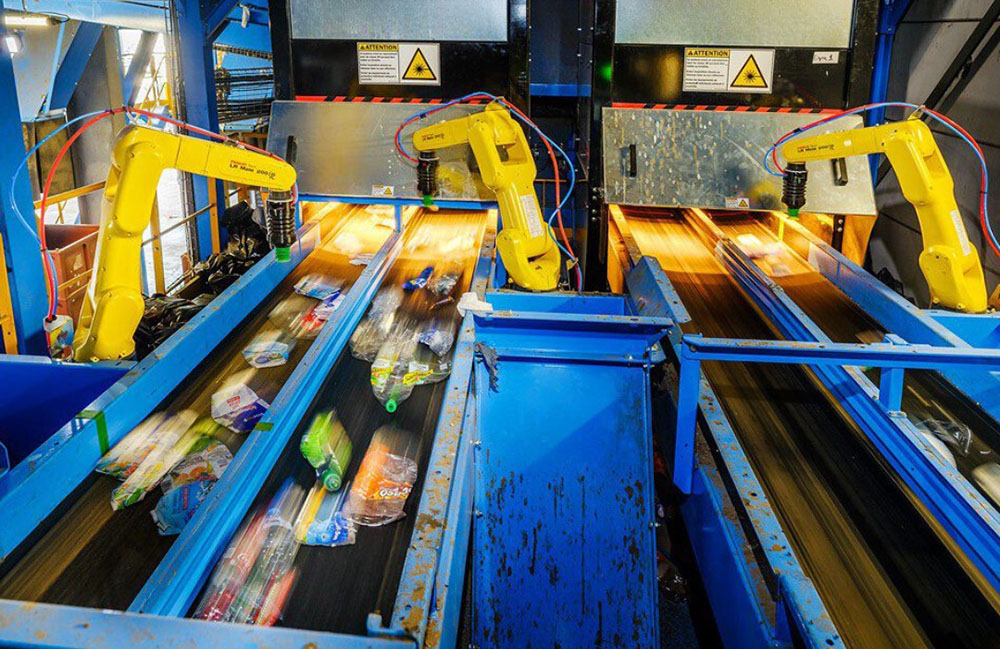
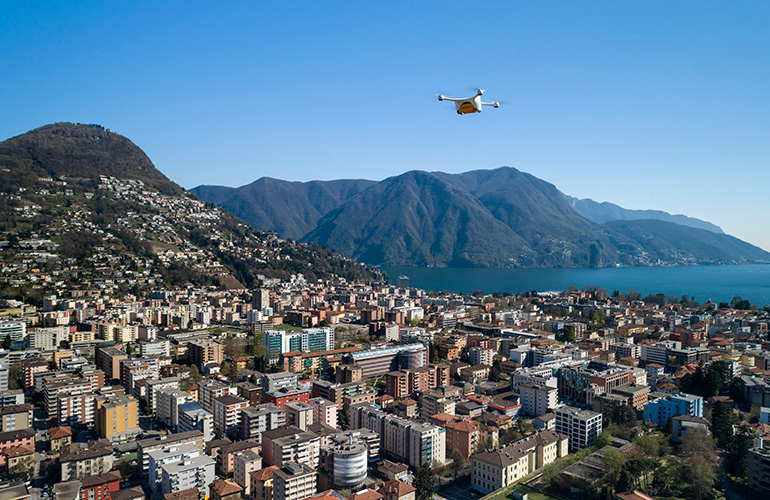
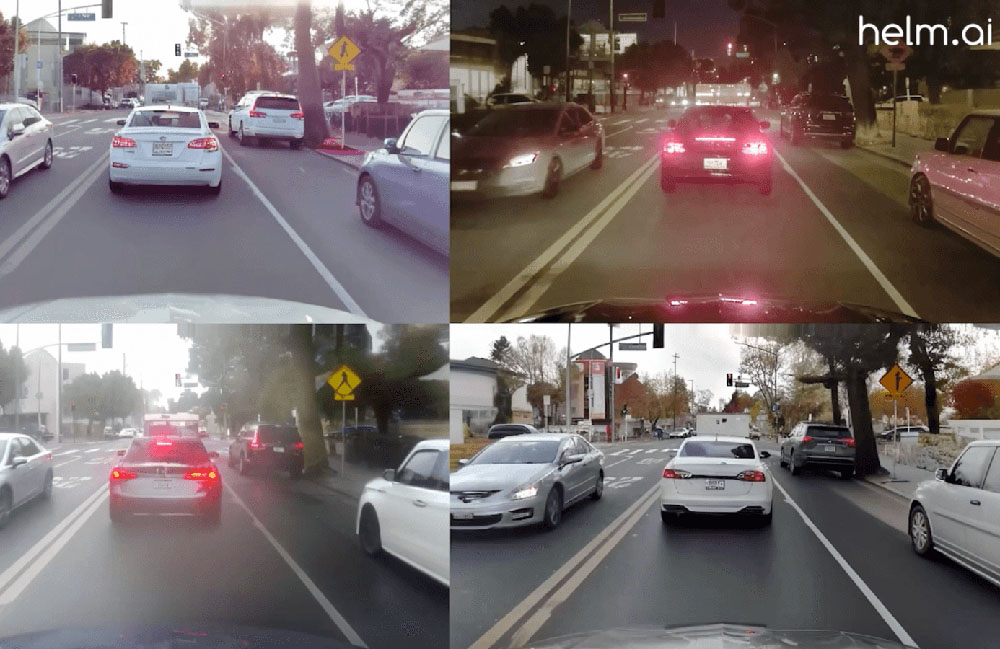




 English (US) ·
English (US) ·